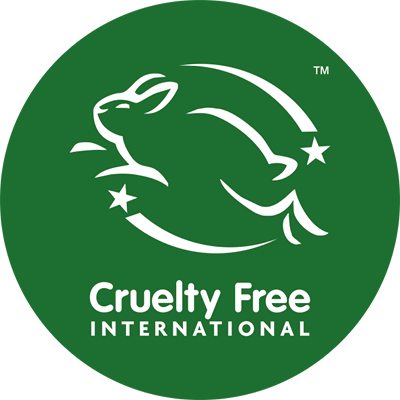The Ultimate Guide to Finding the Best Face Moisturizer for Healthy Skin
Benefits of Using a Facial Moisturizer
Moisturizers are much more than a cream for hydrating your face! There are many different types of moisturizers, and each offers varying skin benefits. It can make choosing a moisturizer daunting, but this article will steer you toward the best face moisturizer based on your needs.




